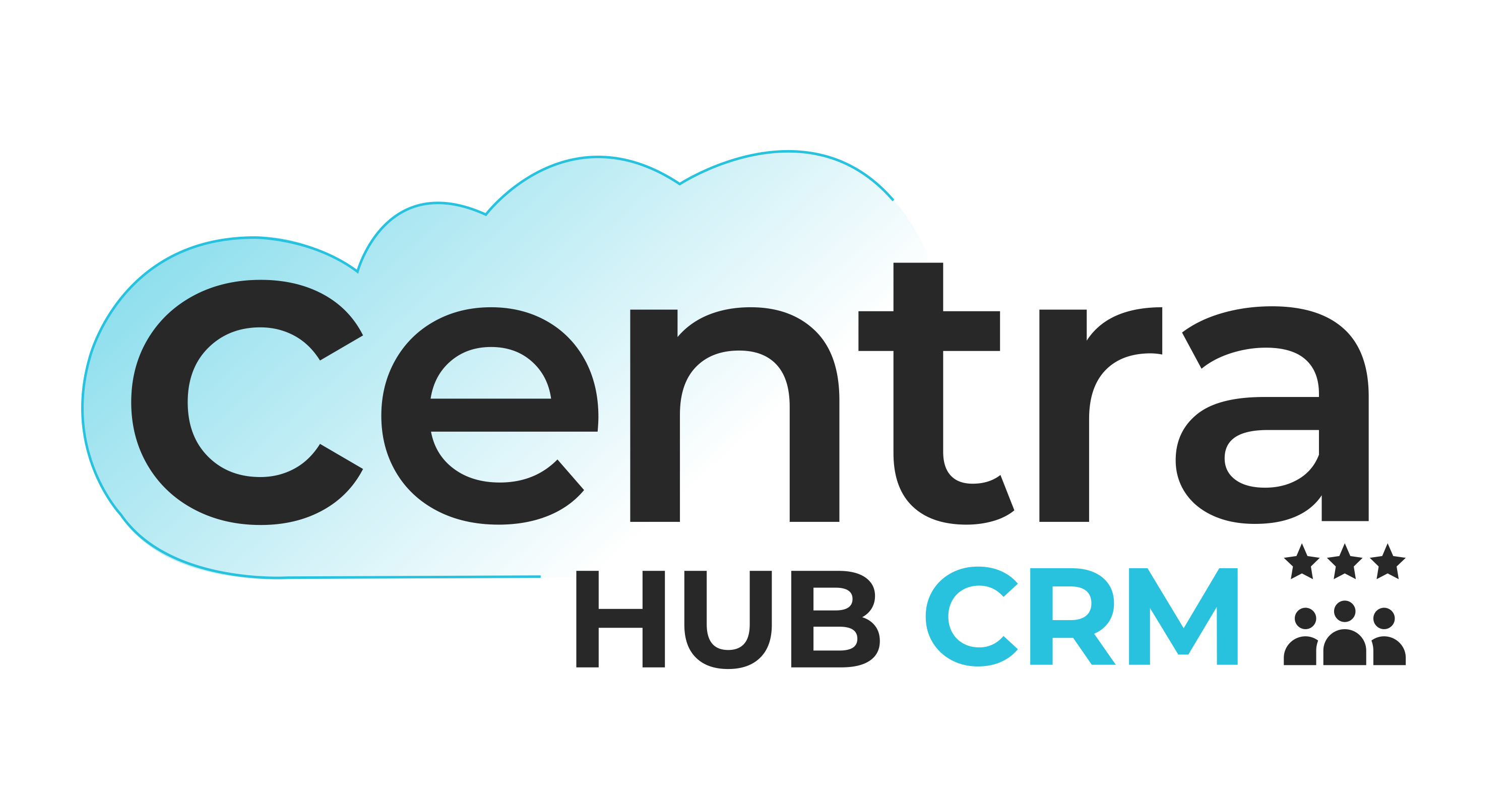Seamless ERP Transition - Steps for Success
Define objectives and requirements
Defining objectives and requirements is the first step for switching ERP systems. Engage key stakeholders from various departments to identify their needs and key challenges. Set clear and specific goals aligned with your business strategy. Establishing well-defined objectives and requirements provides a solid foundation for a successful ERP transition, ensuring that the chosen system meets your organization's unique needs and drives future growth.
Thoroughly research and choose the right ERP system
Conduct comprehensive research to identify ERP systems that best suit your business needs. Evaluate various ERP vendors and solutions to identify those that best align with your organization's requirements, scalability, and industry-specific needs. Consider factors such as functionality, integration capabilities, and vendor reputation. Choosing the right system lays the groundwork for a seamless transition and ensures that the technology is a perfect fit for your business, driving efficiency and growth in the long run.
Create a detailed implementation plan
Craft a detailed implementation plan that outlines the timeline, resources, and responsibilities. Define clear milestones and objectives for each phase of the transition. Involve all stakeholders and create an open communication channel to inform everyone about progress. Set clear and specific goals aligned with your business strategy. Establishing well-defined objectives and requirements provides a solid foundation for a successful ERP transition, ensuring that the chosen system meets your organization's unique needs and drives future growth.
Invest in employee training
Employee training is a crucial aspect of a seamless ERP migration. Ensure all users receive proper training on the new system tailored to their roles and responsibilities. Well-trained employees are more confident and adaptable, leading to faster adoption and a smoother transition. Empowered with the necessary skills, employees can confidently navigate, maximizing their potential to enhance productivity and achieve organizational goals.
Handle data migration with care
Data migration is a critical phase of the ERP transition. Ensure data is cleansed, validated, and properly mapped to the new ERP system. Collaborate with experienced professionals to ensure a secure and accurate data migration process. A meticulous data migration process ensures that crucial business information is preserved, minimizing disruptions and setting the stage for successful ERP deployment with reliable data at its core.
Conduct extensive testing
Extensively test the new ERP system prior to going live. Conduct system, integration, and user acceptance testing to identify and address any issues or bugs. Rigorous testing ensures the ERP system performs as expected and meets your business requirements.

Gradual rollout
Consider a gradual rollout of the new ERP system. Start with a pilot phase involving a small segment of your organization. This allows testing in a controlled environment and enables early feedback to fine-tune the system before full deployment.
Monitor progress and seek feedback
Monitor the performance of the new ERP system post-implementation. Seek feedback from users to identify areas of improvement and address any challenges promptly. Continuously review key performance indicators to measure the system's impact on productivity and efficiency.
Ongoing support and training
Post-implementation, continue to provide ongoing support and training to users. ERP software evolves, and there may be updates or new features to explore. Empower employees through regular training sessions and workshops to maximize the ERP system's capabilities.
Embrace continuous improvement
An ERP transition is not a one-time event but an ongoing journey. Embrace a culture of continuous improvement, encouraging employees to share their insights and ideas for optimizing ERP system usage. Regularly review and update processes to ensure maximum efficiency and success.
Conclusion
Switching to a new ERP system is a momentous step in your organization's digital transformation journey. A well-planned ERP transition to empower your organization's growth and seize new opportunities.
We are here to make your ERP transition easier. Fill in the form to talk to our consultants.







